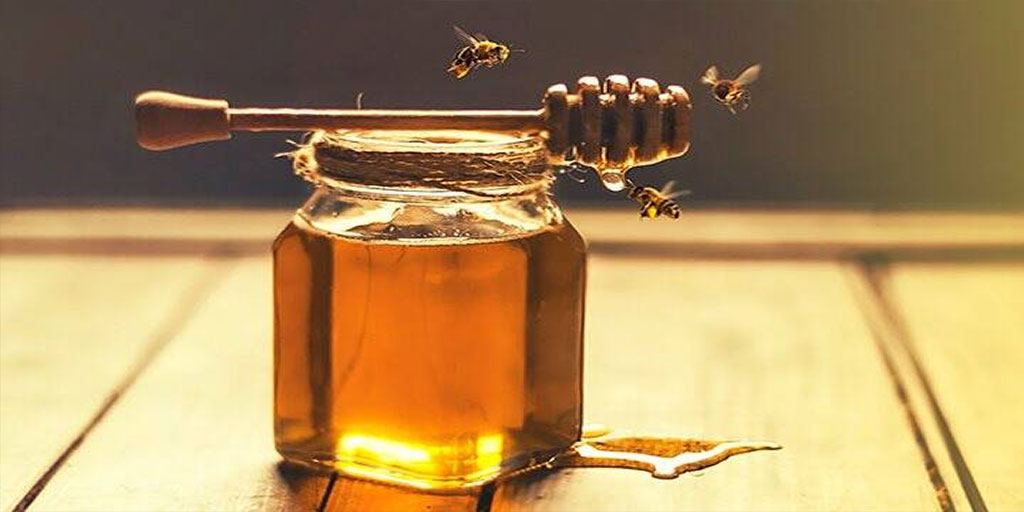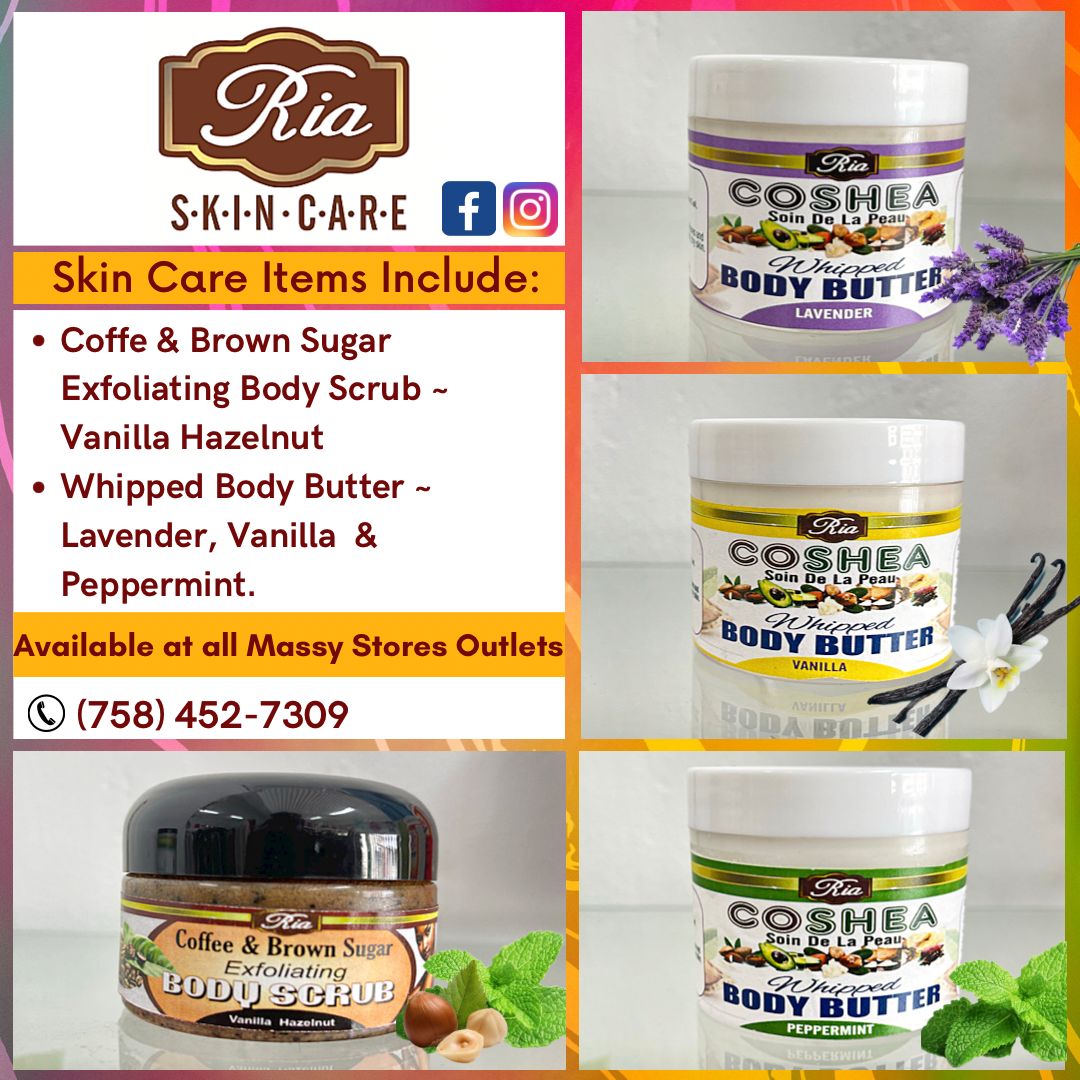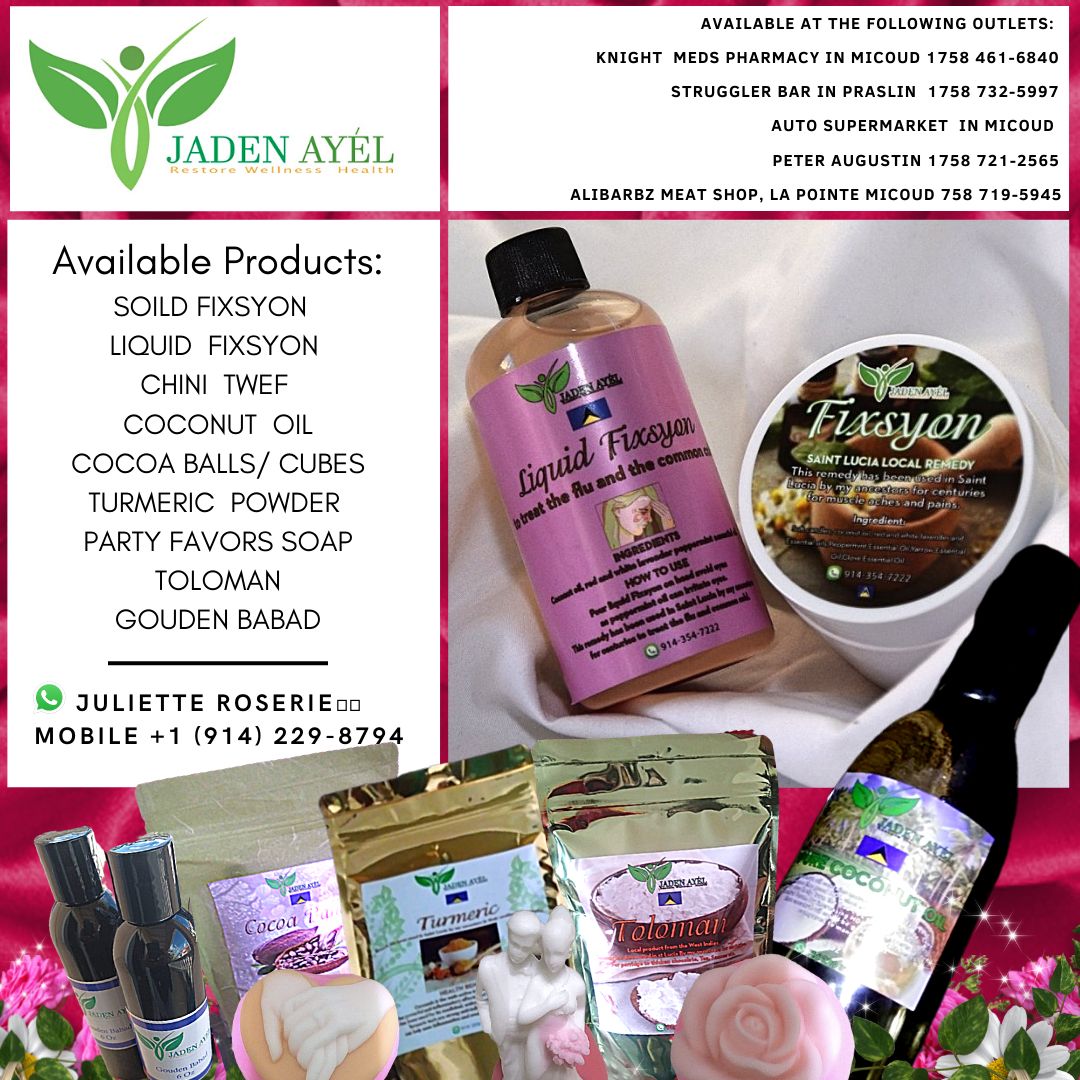


7th August 2022
Honey Nutrition Facts
By Malia Frey
Honey is a staple in the kitchens of cooks around the world. But is honey healthy? And is honey better for your body than table sugar?
There are over 300 different varieties of honey. Clover honey is the most popular type in the US, but you may also see eucalyptus honey, orange blossom honey, and even avocado honey on store shelves. Honey—when used in moderation—can be a healthy alternative to sugar.
| Honey Nutrition Facts | |
|---|---|
| Serving Size 1 tablespoon | |
| Per Serving | % Daily Value* |
| Calories 64 | |
| Calories from Fat 0 | |
| Total Fat 0g | 0% |
| Saturated Fat 0g | 0% |
| Polyunsaturated Fat 0g | |
| Monounsaturated Fat 0g | |
| Cholesterol 0mg | 0% |
| Sodium 1mg | 0% |
| Potassium 11mg | 12% |
| Carbohydrates 17g | 13% |
| Dietary Fiber 0g | 0% |
| Sugars 17g | |
| Protein 0g | |
| Vitamin A 0% · Vitamin C 0% | |
| Calcium 0% · Iron 0% | |
| *Based on a 2,000 calorie diet | |
Carbs in Honey
All of the calories in honey come from carbohydrates, specifically from different types of sugar. According to researchers, honey is primarily made up of fructose, glucose, and sucrose (65 percent) as well as water (18 percent), with minimal amounts of protein and fat. There is more fructose than glucose and only a very small amount of sucrose in honey.
The glycemic index of honey depends on the type that you buy, but sources estimate that is between 45 and 64. As a basis for comparison, the glycemic index of table sugar is 65.
Fats in Honey
There is no fat in honey. However, many foods that you may drizzle honey on are sources of fat. For example, yogurt, ice cream, and almost all types of bread contain fat.
Protein in Honey
There are only trace amounts of protein in honey. The protein in honey will not contribute to your daily protein requirements.
You won't gain significant vitamins or minerals when you eat honey, primarily because the sweetener is consumed in very small amounts. Vitamins and minerals in honey—which may include B vitamins as well as calcium, copper, iron, zinc, and others—are mainly derived from the soil and nectar‐producing plants, so the source of your honey will determine which minerals you gain when you eat it. In general, darker honey is likely to provide more beneficial minerals than pale honey.
Health Benefits
Researchers have investigated some of the potential health benefits of honey with some positive results. However, it can be difficult to apply the findings to our daily use of honey because the honey you buy in the store may be different than the honey used in the scientific study which revealed a health benefit.
In a study published in Comprehensive Reviews in Food Science and Food Safety, honey researchers explain.
"The composition of honey is strongly influenced by both natural and anthropogenic factors, which vary based on its botanical and geographical origins. Although minerals and heavy metals are minor constituents of honey, they play vital role in determining its quality."
Researchers also note that it would be difficult to gain benefits due to the small amount of honey that is usually consumed, stating that "it would be advisable for adults to take honey in larger quantities (70 to 95 g/d) to obtain the complete desired nutritional benefits." That translates to 1/3 cup to just under a cup of honey per day to gain benefits. That's a lot of honey.
Limited studies have shown that honey may help to improve bone growth, may benefit people suffering from anemia, and may provide antioxidant benefits.
Honey may also help treat asthma. Honey applied topically to wounds may promote healing. And many people feel that honey helps calm coughs.
Common Questions
Is honey healthier than table sugar?
Because honey may provide small amounts of health-promoting minerals, it may be said that honey is healthier than sugar. Some research has shown that honey may be better for diabetics. But both sweeteners are forms of sugar, and most of us can benefit from cutting back on sugar.
However, because of the consistency of honey, it may be easier to eat less honey than it is to eat less sugar. For example, adding a teaspoon of sugar to your morning coffee is quick and easy, but adding a teaspoon of honey takes more time. It's possible that honey may help you to eat more mindfully.
What are the different types of honey?
Honey may come from different flowers (such as clover, blueberry, buckwheat, etc). The honey you buy may also be raw or pasteurized.
- Raw honey comes directly from the beehive. Raw honey is not processed, heated or pasteurized.
- Pasteurized honey is filtered and processed to create a clear-looking product that is easier to package and pour.
Most honey experts agree that processing and pasteurization may eliminate the trace minerals contained in honey and therefore eliminate the benefits of consuming it.
What is the proper method for tasting honey?
According to the National Honey Board, you should place about a half teaspoon on your tongue and first take in the aroma. Then let the honey melt on the front of your tongue. As it melts, the honey will spread to the back and sides of the tongue to enhance the tasting experience. Eating unsalted crackers and sipping room temperature water between each tasting will help neutralize your palette.
What's the best way to store honey?
Liquid honey is easier to use when it hasn't been chilled, so most people store honey in a cool cabinet. Creamed honey (spreadable honey) may be kept in the refrigerator or at room temperature.
Recipes and Preparation Tips
Honey is a versatile sweetener so there are countless ways to use it in the kitchen. However, some cooks struggle when they cook with honey because it can be messy. If you buy a jar of honey (as opposed to a squeeze bottle) spooning honey onto food can be a challenge. Savvy experts recommend that you spray your spoon or measuring cup with cooking spray first so that the honey slides off with no mess and no fuss.
If you're ready to use honey at meal time or happy hour, try any of these recipes.
- 6-Ingredient Honey Mustard Pork Tenderloin
- All-Natural Strawberry Daiquiri With Honey Recipe
- 5-Spice Honeyed Golden Milk
- Anti-inflammatory Honey-Mustard Herbed Salmon Recipe
Keep in mind that honey can also be used outside of the kitchen. Many beauty experts recommend using honey for healthier skin and nails. Some bathers add it to their tub for a relaxing and moisturizing soak. Others make a conditioner out of honey and water for healthy, shiny hair. And if you don't mind the stickiness of honey on your skin, some people blend honey with lemon and use the mixture as a facial treatment.
Allergies and Interactions
Babies under the age of one should not consume honey or products made with honey, according to the American Academy of Pediatrics.
If you are on a low-sugar or low-carbohydrate diet for medical or weight loss purposes, you should avoid honey as it is almost pure sugar (carbohydrates).

TO RECEIVE NEWS NOTIFICATIONS VIA WHATS APP PLEASE SAVE OUR NUMBER AND SEND US A MESSAGE AT 7584896261 AND WE WILL ADD YOU TO OUR LIST






